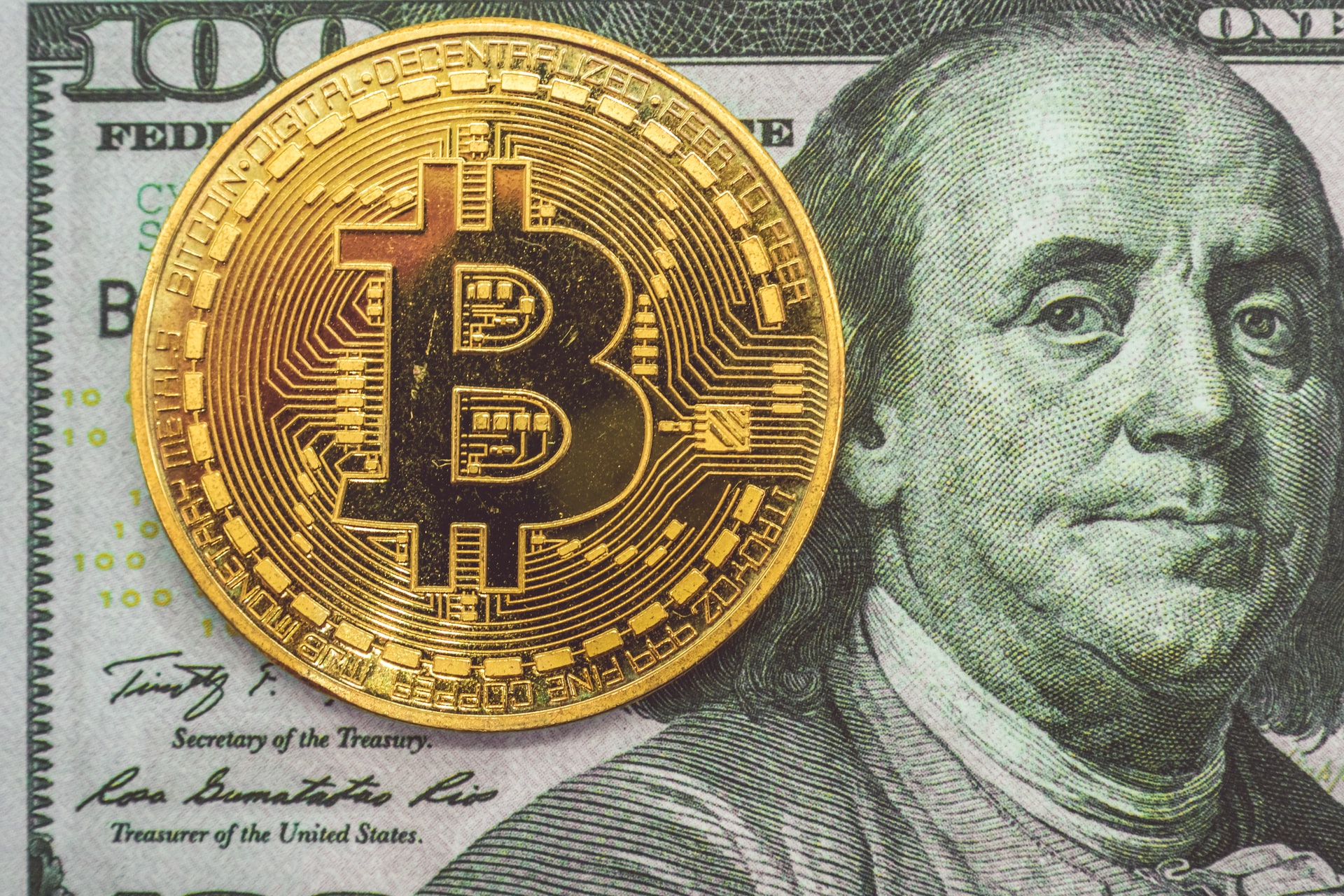Introduction
The goal of this article is to provide a high-level overview of the stablecoin industry and its future.
Traditional Cryptocurrencies Overview
Cryptocurrencies (such as Bitcoin) are peer-to-peer (decentralized) value transfer networks built on a blockchain (an immutable public ledger). By leveraging software and cryptography, cryptocurrencies make it possible to securely transfer value without a trusted central party, such as a bank or payment processor.
The elimination of ‘the middleman’ allows for gains in security (no counterparty risk), speed (settle in minutes or less), access (anyone with a phone can create an account in less than a minute), and control (users have sole custody over their funds).
Though traditional cryptocurrencies were a major innovation, three big problems still exist.
-
Volatility. Traditional cryptocurrencies such as Bitcoin have 10%+ price swings monthly, often weekly.
-
On/off ramp. Although cryptocurrencies are fast and cheap to use, the crypto to fiat conversions process still has significant friction.
-
User Experience (UX). The average person finds traditional cryptocurrencies to be overwhelming and prefers the familiarity of digital dollars.
Stablecoin Overview
Stablecoins are cryptocurrencies backed 1:1 by fiat currency, usually the US Dollar. Stablecoins retain all the benefits of crypto, but eliminate volatility, reduce on/off ramp issues, and improve user experience.
Tether (USDT), the first stablecoin, was created five years after the creation of Bitcoin in 2014. In the last seven years its usage has grown to rival some of the world’s biggest fin-tech companies, including PayPal. As of March 2021, USDT is the most used cryptocurrency and has a market capitalization of ~$40 billion.
Although it is the biggest stablecoin, Tether is just one of many. Another popular stable coin is USDC which is the product of a partnership between Circle (a Goldman Sachs backed start-up) and Coinbase. It has grown to a market cap of ~ 10 billion since is launch less than three years ago in Q4 2018.
Dozens of other stable coins exists and the current total market of the sector is $60 billion and growing.
The Trend
Stablecoin sector’s market cap has increased by tens of billions of dollars in 2021 and is expected to make similar or greater gains in the coming years. This rapid growth in market cap combined with the faster, cheaper, and more user-friendly stablecoin in development will result in the emergence of substantial market power and network effects. Given there technical advantages and growth rates, we predict that stablecoins will be accepted by dozens of fortune five hundred companies within a few years. This increase in adoption will allow stablecoins to compete with credit cards and fin-tech companies like PayPal for both online and offline payment services.
Politics and Regulation
Despite the disruptive nature of the industry, complete crypto bans are unlikely due to their tremendous geopolitical risk. A country that bans crypto runs the risk of losing out on a rapidly growing high-value industry as well as the loss of innovative people and companies to a geopolitical rival.
Though traditional crypto regulations continue remains in a state of uncertainty, it is extremely unlikely that stablecoins will ever be banned. This is because unlike traditional cryptocurrencies, the rise of stablecoin (which are almost always secured by USD) is bullish for the USD and will help it to remain its status as the world reserve currency.
But there’s no need to take our word for it. You can read the Treasury Department’s Office Comptroller of the Currency (OCC) favorable stablecoin guidance for yourself:
- “a bank may use stablecoins to facilitate payment transactions for customers on an INVN, including by issuing a stablecoin, and by exchanging that stablecoin for fiat currency.” (OCC, 2021)
Opportunities
The biggest opportunities in the stablecoin sector will be in the areas in which the current financial system is the weakest: international settlement, remittance, and automated compliance. Cryptocurrencies and blockchain technology are already able to provide these services more efficiently and at a lower price point. As a result JP Morgan, Goldman Sachs, Bank of America, and many other major banks have created crypto R&D divisions and are building numerous blockchain and cryptocurrency projects.
Those in finance and related industries should keep an eye on developments in crypto, especially the stablecoin sector. As history has shown, companies that are early to adopt disruptive technology tend profit and thrive.
